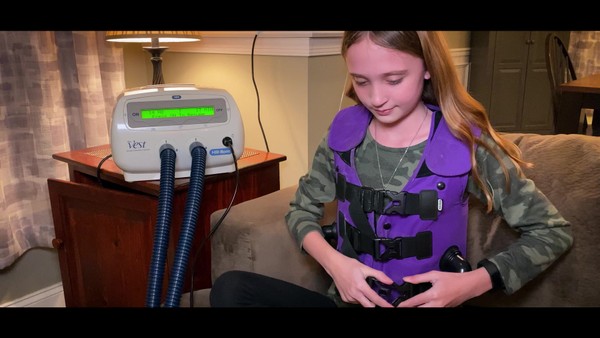Innovation > Innovation
TECHNOLOGY FOR PLASTIC FREE ECOSYSTEMS
PAULUS.CO, Seoul / GOOGLE KOREA / 2021

Overview
Credits
OVERVIEW
Why is this work relevant for Innovation?
The collaboration between Google and Osean has resulted in the implementation of a general purpose machine learning technology called TensorFlow into the specific domain of plastic removal from marine ecosystems. Using the power of data collection and machine learning AI, the technology increases the efficiency of a labor intensive task. It creates opportunities for the community to work together to rid Korea's coastline of plastic waste.
Background
Each year around 10 000 tons of plastic buoys, untethered from fishing nets, wash up on the shores of South Korea. As they disintegrate they add toxic micro plastics to the water devastating marine life and the livelihoods depending on them.
Manually identifying buoys and collecting them is time consuming and burdensome. There needed to be a way to make this process faster and better.
Although AI is being used in various sectors to increase productivity and efficiency, machine learning is yet to be implemeted in the plastic removal process.
Describe the idea
OSEAN, a non-profit civic group dedicated to the preservation of marine environments, teamed up with Google Korea to make use of TensorFlow's general machine learning technology to systematically identify and locate buoys littering the coastline.
What were the key dates in the development process?
Implementation began in early 2020 and the roll out is expected to accelerate during 2021 and beyond.
Describe the innovation / technology
TensorFlow Lite performs analysis on photos of the buoys to extract key characteristics used to uniquely identify each object. This information is collected in Google's Firebase database where it is analyzed and then overlaid on Google Maps. With this technique anyone with a smartphone can take a photo of litter on the coastline and contribute to plastic removal efforts. Google's machine learning techniques are orders of magnitude faster than labour and time intensive manual data collection. In the near future, these techniques will enable the use of drones for data collection, improving the speed and efficacy of litter removal even further. The ultimate result of this collaboration is an empowered citizenry able to address the issue of plastic pollution through the practice of citizen science and collective activism.
Describe the expectations / outcome
OSEAN estimates that the collaboration between the non-profit and Google Korea and the resulting app would enable the cleanup of roughly 1000 tons (based on the target of removing 10 percent of all buoys set at the start of the year) of buoys washing up on the Korean coastline in 2020 alone. With every passing year, as app adoption increases and drone surveys become more common, the amount of plastic weight removed from the coastline ecosystem will continue to increase.
More Entries from Innovative Technology in Innovation
24 items
More Entries from PAULUS.CO
4 items
